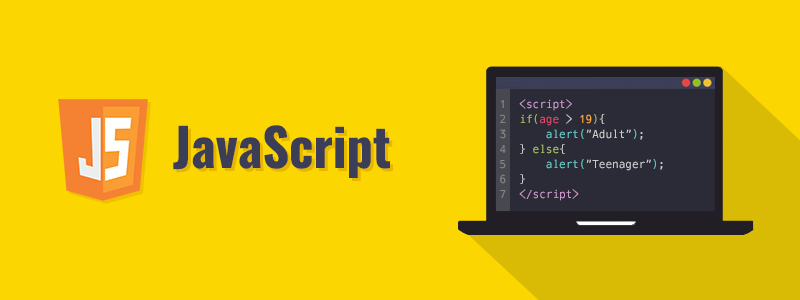Introductory HTML and JavaScript
HTML& CSS
Structure

- HTML pages are text documents.
- HTML uses tags (characters that sit inside angled brackets) to give the information they surround special meaning.
- Tags are often referred to as elements.
- Tags usually come in pairs. The opening tag denotes the start of a piece of content; the closing tag denotes the end.
- Opening tags can carry attributes, which tell us more about the content of that element.
- Attributes require a name and a value.
- To learn HTML you need to know what tags are available for you to use, what they do, and where they can go.

Extra Markup
- DOCTYPES tell browsers which version of HTML you are using.
- You can add comments to your code between the markers.
- The id and class attributes allow you to identify particular elements.

- The <div> and elements allow you to group block-level and inline elements together.
-
cut windows into your web pages through which other pages can be displayed. - The tag allows you to supply all kinds of information about your web page.
- Escape characters are used to include special characters in your pages such as <, >, and ©.
HTML5 Layou

- The new HTML5 elements indicate the purpose of different parts of a web page and help to describe its structure.
- The new elements provide clearer code (compared with using multiple <div> elements).
- Older browsers that do not understand HTML5 elements need to be told which elements are block-level elements.
- To make HTML5 elements work in Internet Explorer 8 (and older versions of IE), extra JavaScript is needed, which is available free from Google.
Process & Design

- It’s important to understand who your target audience is, why they would come to your site, what information they want to find and when they are likely to return.
- Site maps allow you to plan the structure of a site.
- Wireframes allow you to organize the information that will need to go on each page.
- Design is about communication. Visual hierarchy helps visitors understand what you are trying to tell them.
- You can differentiate between pieces of information using size, color, and style.
- You can use grouping and similarity to help simplify the information you present.
JavaScript
HOW javascript makes web bages more interactive :
** 1. ACCESS CONTENT ** You can use JavaScript to select any element, attribute, or text from an HTML page. For example:
- Select the text inside all of the
elements on a page - Select any elements that have a c1ass attribute with a value of note
- Find out what was entered into atext input whose id attribute has avalue of emai1
2. MODIFY CONTENT You can use JavaScript to add elements, attributes, and text to the page, or remove them. For example:
- Add a paragraph of text after the first
element - Change the value of c 1 assattributes to trigger new CSS rules for those elements
- Change the size or position of an element
3. PROGRAM RULES You can specify a set of steps for the browser to follow (like a recipe), which allows it to access or change the content of a page. For example:
- A gallery script could check which image a user clicked on and display a larger version of that image.
- A mortgage calculator could collect values from a form, perform acalculation, and display repayments.
- An animation could check the dimensions of the browser window and move an image to the bottom of the viewable area (also known as the viewport).
4. REACT TO EVENTS You can specify that a script should run when a specific event has occurred. For example, it could be run when:
- A button is pressed
- A link is clicked (or tapped) on
- A cursor hovers over an element
- Information is added to a form
- An interval of time has passed
- A web page has finished loading
What is a script and how do I creat one :
- A script is a series of instructions that the computer can follow in order to achieve a goal.
- Each time the script runs, it might only use a subset of all the instructions.
- Computers approach tasks in a different way than humans, so your instructions must let the computer solve the task prggrammatically.
- To approach writing a script, break down your goal into a series of tasks and then work out each step needed to complete that task (a flowchart can help).
How do computers fit in with the world around them :

how do i write a script for a web bage :
- It is best to keep JavaScript code in its own JavaScript file. JavaScript files are text files (like HTML pages and CSS style sheets), but they have the . j s extension.
- The HTML
- If you view the source code of the page in the browser, the JavaScript will not have changed the HTML, because the script works with the model of the web page that the browser has created.
